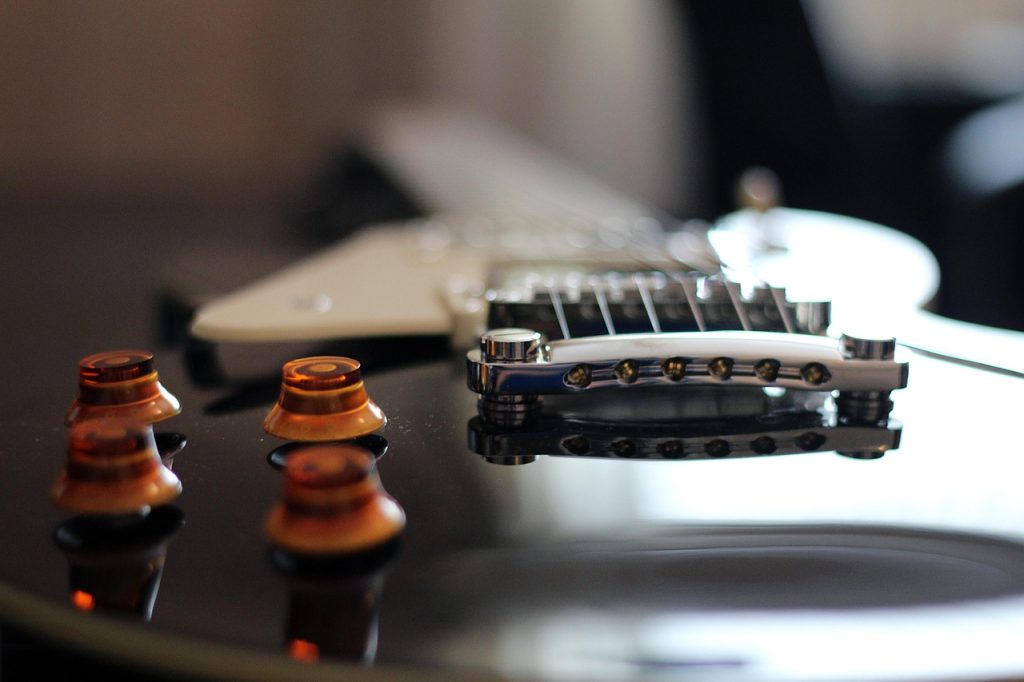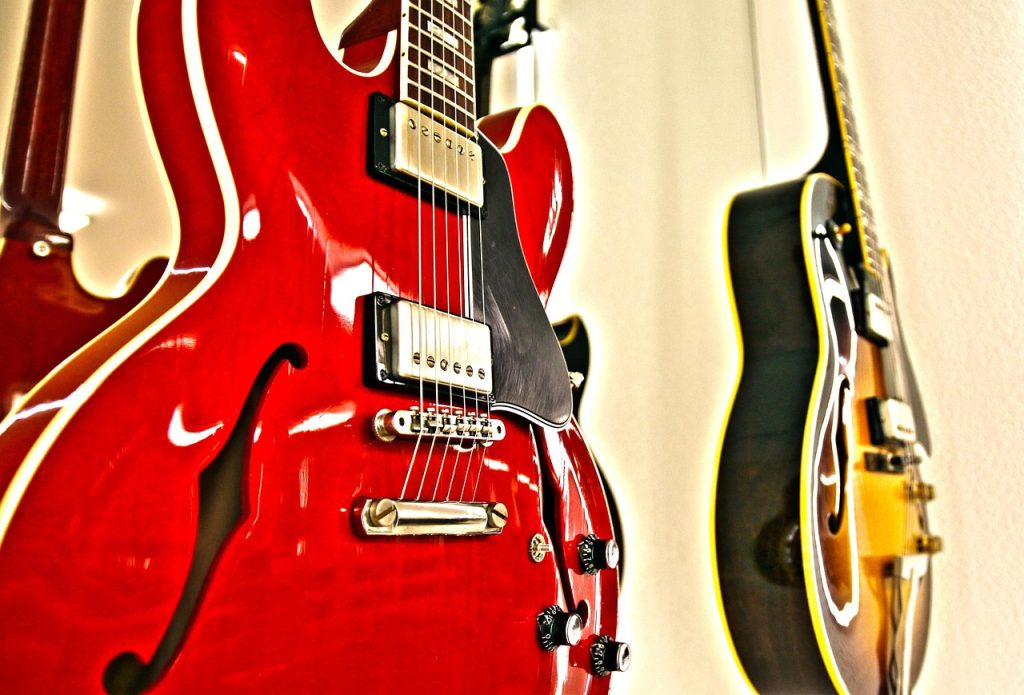The 4 Easiest Guitar Chords for Beginners (And 10 Songs You Can Play With Them)
You just picked up a guitar, and you’re excited to start playing your favorite songs. Then, reality hits: your fingers hurt, the chords sound terrible, and you feel like you’ll never get the hang of it.
Don’t worry—every guitarist starts here. The secret to fast progress is focusing on a small set of foundational chords. If you master just four simple shapes, you can immediately start playing hundreds of hit songs.
Forget complicated music theory for now. Let’s dive into the four essential chords for beginner guitarists and turn your practice time into instant gratification!
1. The Magic Four: G, C, D, and Em
These four open chords are the building blocks of pop, rock, country, and folk music. Learn them well, and you’ll unlock a massive music library.
🎸 Chord 1: G Major (The Anchor)
The G Major chord is a staple. It’s often the first one guitarists learn and is a great starting point for building hand strength.
| String | Fret | Finger |
| Low E (6th) | 3rd | Middle or Ring |
| A (5th) | 2nd | Index or Middle |
| D (4th) | Open | – |
| G (3rd) | Open | – |
| B (2nd) | Open | – |
| High E (1st) | 3rd | Ring or Pinky |
Export to Sheets
Top Tip: Many experienced players only play the bottom three fretted notes (low E, A, and high E). This makes the shape easier and is a great trick for beginners!
🎸 Chord 2: C Major (The Stretch)
The C Major chord forces you to stretch your fingers a bit, which is great for dexterity.
| String | Fret | Finger |
| Low E (6th) | Mute or Avoid | |
| A (5th) | 3rd | Ring |
| D (4th) | 2nd | Middle |
| G (3rd) | Open | – |
| B (2nd) | 1st | Index |
| High E (1st) | Open | – |
Export to Sheets
Top Tip: Only use the very tips of your fingers and press close to the fret bar. This prevents your fingers from accidentally muffling the strings below them.
🎸 Chord 3: D Major (The Triangle)
The D Major chord is a compact shape that is played mostly on the thinnest strings.
| String | Fret | Finger |
| Low E (6th) | Mute or Avoid | |
| A (5th) | Mute or Avoid | |
| D (4th) | Open | – |
| G (3rd) | 2nd | Index |
| B (2nd) | 3rd | Ring |
| High E (1st) | 2nd | Middle |
Export to Sheets
Top Tip: Do not play the Low E (6th) or A (5th) strings when strumming D Major. You can rest the tip of your picking hand’s thumb on the Low E string to mute it and ensure a clean sound.
🎸 Chord 4: E Minor (Em) (The Two-Finger Lifesaver)
The E minor chord is often called the easiest chord on the guitar because it only requires two fingers! If you’re ever struggling, switch to this one and take a breath.
| String | Fret | Finger |
| E (6th) | Open | – |
| A (5th) | 2nd | Middle |
| D (4th) | 2nd | Ring |
| G (3rd) | Open | – |
| B (2nd) | Open | – |
| E (1st) | Open | – |
Export to Sheets
Top Tip: You can use your index and middle finger, or your middle and ring finger—whichever feels most comfortable for you. Since all six strings are played, this is also a great chord for practicing your strumming rhythm!
2. The Chord Change Challenge
Once you can hold each chord shape cleanly, the real work begins: switching between them smoothly.
Practice Drill: The “One-Minute Change”
This classic beginner exercise is the fastest way to improve your transitions:
- Set a timer for one minute.
- Pick any two chords (e.g., G and C).
- Play the first chord once, then lift your fingers and transition to the second chord as fast as you can.
- Play the second chord once, lift your fingers, and transition back.
- Count how many clean changes you make in 60 seconds. Write the number down.
- Repeat this process every day and try to beat your previous score.
Focus on the two most common transitions: G to C and G to D.
Strumming Pattern: Down, Down, Up, Up, Down, Up
As you practice the chord changes, use this simple strumming pattern. It’s perfect for the songs below and is a staple for acoustic guitarists:
↓↓↑↑↓↑
(Down, Down, Up, Up, Down, Up)
3. 10 Popular Songs With G, C, D, and Em Chords
This is why you learned those four chords! The G-D-Em-C progression is a common sequence in music history. Below are popular songs that use these chords, or a simple subset of them:
| Song Title | Artist | Chords Used |
| “Let It Be” | The Beatles | G, Em, C, D |
| “Three Little Birds” | Bob Marley | G, C, D |
| “With Or Without You” | U2 | G, D, Em, C |
| “Sweet Caroline” | Neil Diamond | G, C, D |
| “Wonderwall” | Oasis | G, D, Em (uses other chords, but these work for a simplified version) |
| “Closing Time” | Semisonic | G, D, Em, C |
| “Take Me Home, Country Roads” | John Denver | G, D, Em, C |
| “Knockin’ on Heaven’s Door” | Bob Dylan | G, D, Am (substitute C for Am to keep the magic four!) |
| “Brown Eyed Girl” | Van Morrison | G, C, D, Em |
| “Love Story” | Taylor Swift | C, G, D, Em |
Export to Sheets
Pick one song, look up the chord chart, and start slow. You now have the skills to play real music!
What’s the next step on your guitar journey? Leave a comment below and let us know which of these 4 chords is giving you the most trouble!


